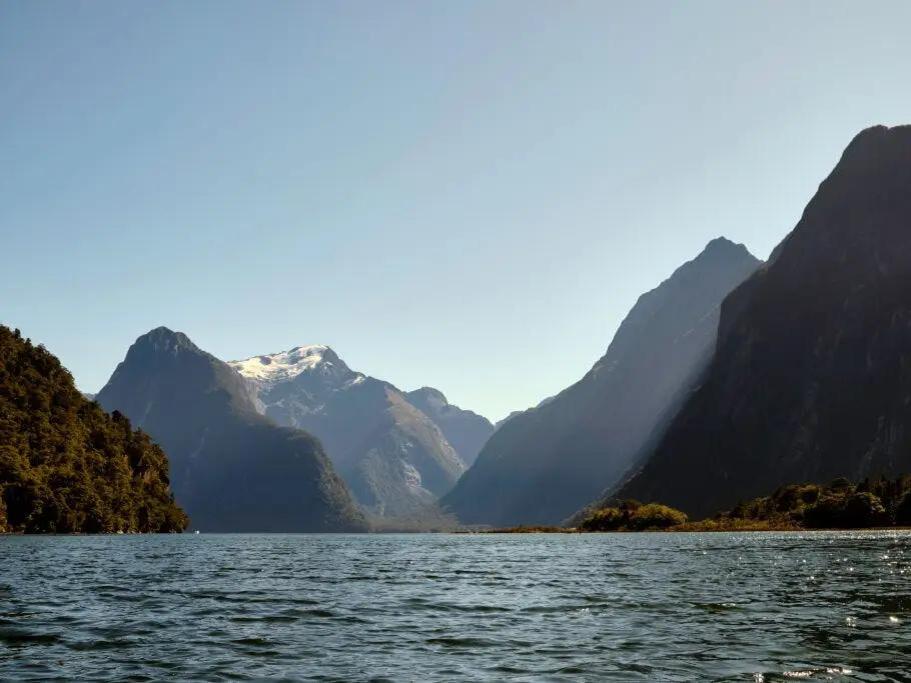Physical Address
304 North Cardinal St.
Dorchester Center, MA 02124
Physical Address
304 North Cardinal St.
Dorchester Center, MA 02124

New Zealand’s government has announced a significant increase in entry fees for foreign tourists, set to take effect in October. The International Visitor Conservation and Tourism Levy (IVL), which currently stands at NZD 35 (approximately $22), will be raised to NZD 100 (around $62). This decision comes as part of the government’s efforts to address various challenges arising from the increasing number of international visitors.
The Ministry of Business, Innovation, and Employment has noted that the IVL exists to tackle existing issues within the tourism and conservation systems, ensuring that the financial burden does not fall disproportionately on New Zealanders. The rise in international tourists has put pressure on the country’s infrastructure and environment, leading to complications within local communities and the overall perception of tourism in certain regions.
Exemptions to this fee include Australian citizens, certain Pacific Island nations, and travelers merely transiting through New Zealand. The revenue generated from the IVL is crucial, funding numerous initiatives aimed at enhancing both tourism and conservation efforts. These include projects focused on pest control, biodiversity investments, and improving public access to various tourist sites.
A consultation conducted in June revealed substantial public support for increasing the IVL fee. An overwhelming 88% of the 1,100 submissions received indicated that the current revenue level, approximately $50 million, was insufficient to manage the challenges posed by tourism and conservation issues. Furthermore, 93% of responders endorsed an increase in the levy, with many advocating for the higher fee of NZD 100.
With this adjustment, the Ministry anticipates that the increased IVL will generate approximately NZD 229 million each year. This influx of revenue is critical, especially as a study from Tourism New Zealand highlighted that local residents are increasingly feeling the negative impact of tourism. Concerns have been raised about littering, parking shortages, and heavier traffic, which many residents attribute to the surge in visitors.
Environmental concerns have also been voiced, with about two-thirds of survey participants indicating that they believe tourism is adversely affecting the environment. The Royal Society of New Zealand, an independent non-profit organization focused on science and technology policy, has noted that a high volume of tourists can lead to overcrowding, habitat degradation, wildlife disturbances, and increased noise pollution.
Despite tourism comprising roughly 3.7% of New Zealand’s economy and being one of the main industries, the pressure it places on natural landmarks cannot be overlooked. Approximately 70% of all international trips in New Zealand involve nature-based activities, such as hiking and visiting scenic spots. This trend emphasizes the importance of sustainable tourism practices.
A significant area of concern is Milford Sound-Piopiotahi, often regarded as one of the most stunning natural attractions globally. Increased tourist activity has placed considerable stress on this site, prompting the Department of Conservation to implement a master plan aimed at its protection, supported by funds collected through the IVL.
The upcoming changes to the IVL are a response to the pressing need for better management of tourism’s impacts on New Zealand’s unique landscape and communities. As the country prepares for an even busier tourist season, these adjustments aim not only to enhance conservation efforts but also to ensure a more sustainable tourism framework going forward.
This shift in policy reflects a growing recognition of the importance of balancing tourism with environmental and community needs, signaling a proactive approach towards safeguarding the country’s natural heritage for future generations.
Source: Business Insider



